Hydration & skin barrier: available models and assays
in vitro models & assays
Models
Qima Life Sciences has many in vitro or ex vivo models at your disposal:
- normal human epidermal keratinocytes (NHEK)
- normal reconstructed human epidermis (RHE) & Reconstructed human epidermis in default
- sebocytes (SEBO662AR)
- full thickness skin (FTSK)
- skin explants (ex vivo)
Evaluation of skin barrier and hydration
We can evaluate case by case the hydrating effect of active compounds or formulations by measuring:
- the reinforcement of the barrier function
- the stimulation of the epidermal differentiation (e.g. filaggrin, involucrin, transglutaminase, cytokeratins)
- lipid synthesis (acid mantle):
- sebaceous lipids
- epidermal lipids (e.g. ceramides, cerebrosides and phospholipids)
- the expression or synthesis of epidermal extracellular matrix components:
- glycosaminoglycans and hyaluronic acid
- proteoglycans and ECM receptors
- proteases (e.g. MMPs)
- the expression of markers of epidermal cohesion and intercellular cell junctions:
- occluding junctions and attachment proteins (claudin, occludin, desmogleins, etc.)
- dermoepidermal junction (e.g. integrin V, collagen IV, collagen VII, etc.)
- gap junctions (e.g. connexins) and molecular channels (e.g. aquaporins)
Here are a few examples among all standard assays proposed by Qima Life Sciences in the field of hydration and reinforcement of the barrier function:
Biochemical analysis of non-invasive clinical samples
Analysis of lipids involved in the barrier function
Our company has developed ready-to-use non-invasive collection kits to analyze the lipids and biomarkers of the skin surface from your samples or from those of your clinical center.
The epidermal lipids involved in the barrier function of the epidermis (ceramides, fatty acids and cholesterol) are removed using the SW Kit.
The analysis of these lipids makes it possible to evaluate the quality of the intercorneocyte cement involved in the barrier function of the epidermis and in the prevention of transepidermal water loss (TEWL).
These evaluations help support your claims about the efficacy of biomimetic products, barrier products, protective products, moisturizers, etc.
Analysis of the components of the Natural Moisturizing Factor (NMF)
The amino acids and minerals present on the surface of the skin are collected using the SW Kit:
- PCA / UCA (cis/trans) – (catabolites of filaggrin)
- Amino acids
- Urea, lactates
- Mineral elements: Ca, K, Na, Mg, Zn, etc.
The analysis of these compounds makes it possible to evaluate the impact of the NMF component on skin hydration.
These analysis help support your claims about the efficacy of hygroscopic products, barrier products, protective products, moisturizers, etc.
Ceramide screening – LC/MS
–
Damaged and healthy corneocytes – SEMX500
–
PCA analysis – LC/UV
Data mapping and clinical imaging
Measurement of the degree of hydration of the skin and 3D mapping
The function of the skin barrier and the degree of hydration (in outer skin layers) can be measured in vivo by using noninvasive methods, such the Tewameter and Corneometer (Courage & Khazaka) and the VapoMeter (Delfin). These devices provide information on the evolution of the water content of the stratum corneum and of the skin barrier function over time, by instrumentally measuring the electrical capacity of the skin and transepidermal water loss.
The evolution over time of this data on face, hand and body skin can be modeled by using the smart mapping solutions developed by Newtone Technologies.
Measurements are performed in several locations of the selected skin area. The mean values are then transformed into colored surfaces, according to a reference color bar, and mapping algorithms are used to visualize the change in hydration under treatment (high to low values of either electric capacity or skin water loss).
These mappings can be displayed on different visual templates, such as a 3D face, average faces, or real photographs, and can show the skin improvement caused by the use of an active ingredient or cosmetic product.
These solutions can be offered to illustrate the results obtained by the bioanalysis of noninvasive clinical samples (mapping of epidermal lipid changes over time, mapping of NMF compounds under cosmetic treatment).
Hydration map, obtained from corneometric data, by using an avatar as a 3D model of a Caucasian face
Measurement of roughness of skin pattern
Dry skin and skin with an altered barrier function can present common visual characteristics.
From a clinical point of view, dry skin appears coarser than normal skin, and, according to the degree of dryness, can even present visible squamae.
Dry skin can be associated to feelings of discomfort, but there can also be some visible irritation, due to an underlying skin affliction or to scratching.
In addition to the discomfort caused by skin dryness, the associated roughness, dull aspect, and uneven texture can become unsightly. In vivo skin imaging allows the evolution or roughness and color parameters to be measured over time.
Skin roughness can be analyzed objectively and quantitatively by measuring the parameters of the fine and isotropic microrelief skin pattern.
This pattern is composed of polygons, mainly triangles and quadrangles, delimited by folds, and their characteristics evolve under the effect of moisturizing creams. These folds are classified according to their length and their depth. The folds that are most visible to the naked eye are primary lines, which are wide and deep (30-100µm deep compared to skin surface), while secondary lines are not as deep (5-40µm) and narrower.
Newtone Technologies has developed a portable camera, SkinCam, which is connected to storage and data analysis servers in real time, and which, combined with software suites and 3 D image analysis, can be used to measure the skin pattern characteristics and roughness.
Images can be acquired in a laboratory or at home, by the subjects themselves, and provide high-resolution information on the different skin microrelief parameters and their evolution due to hydration.
Measurement of dryness and irritation of hand skin, by using the SkinCam, and microrelief analysis in 3 D (before treatment, after 1 day and 7 days of treatment)





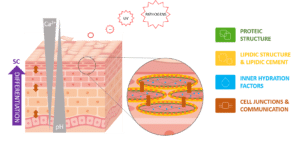
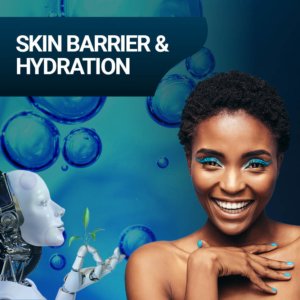

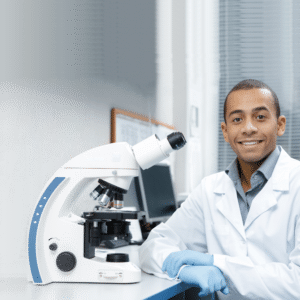
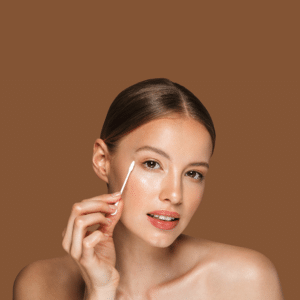

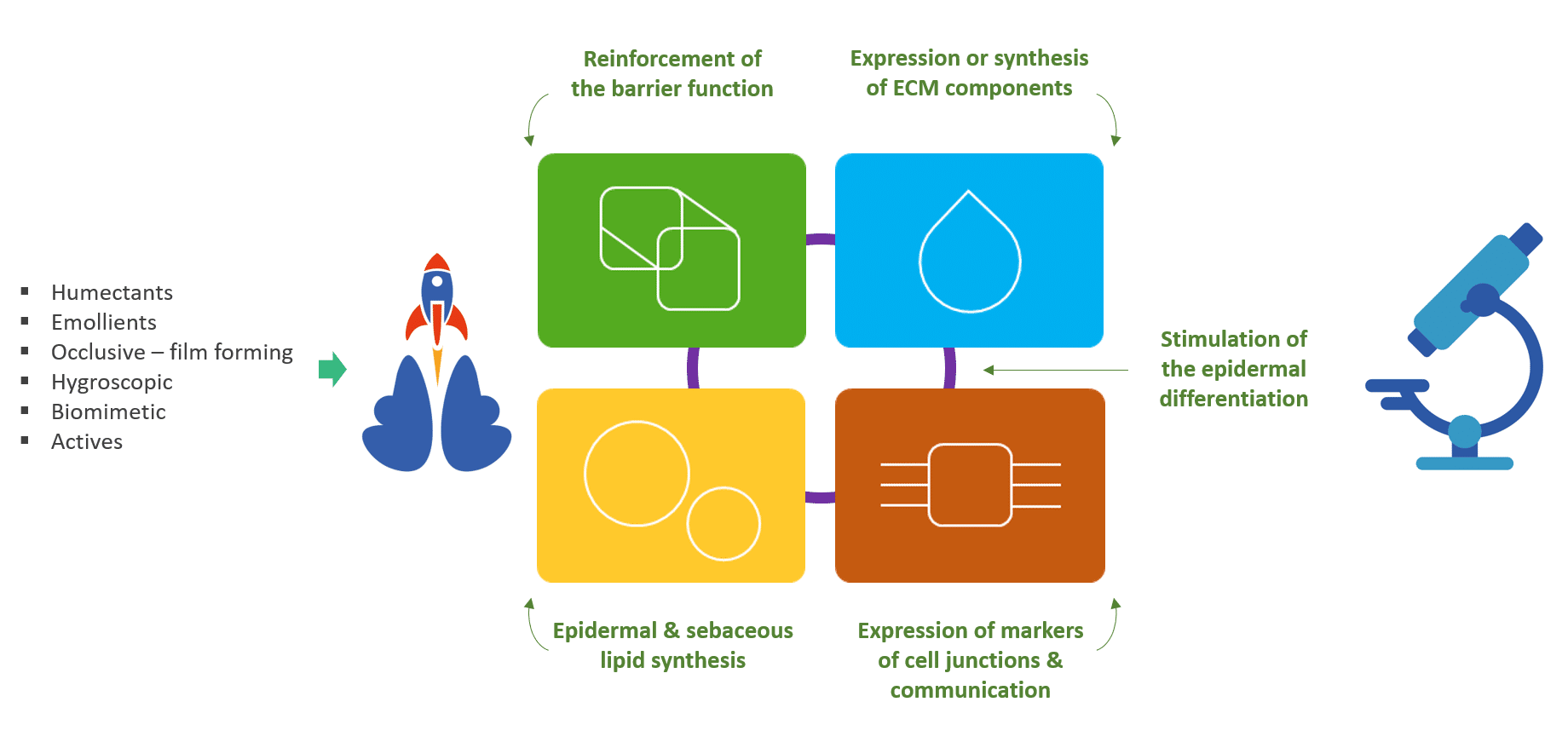
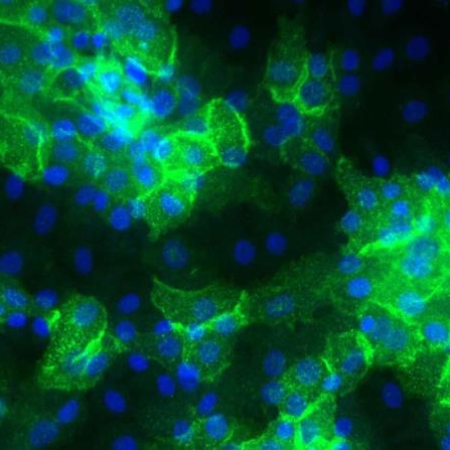
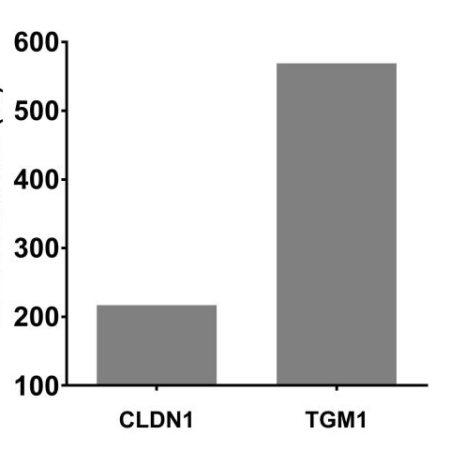
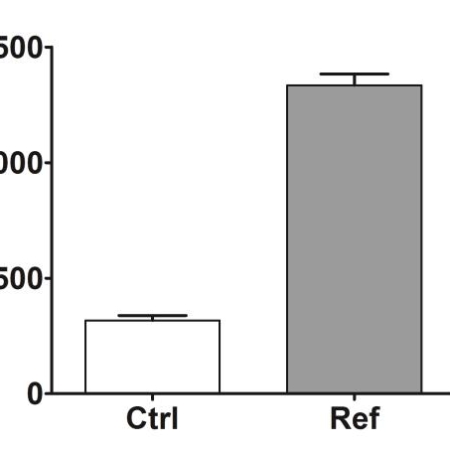
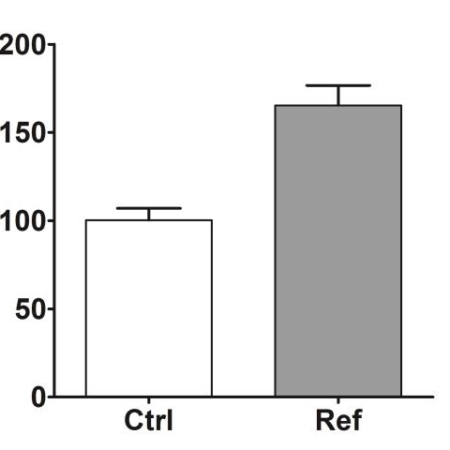
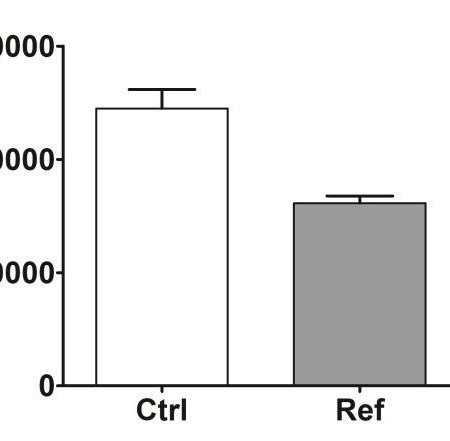

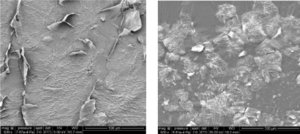
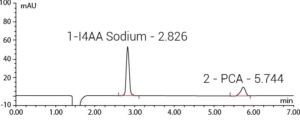
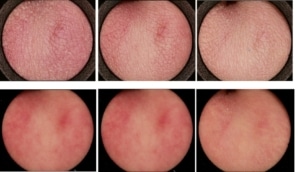

Refined Immunochemical Characterization in Healthy Dog Skin of the Epidermal Cornification Proteins, Filaggrin, and Corneodesmosin
Barrière cutanée et hydratation, Skin barrier and hydration, Veterinary medicine, Veterinary MedicineFilaggrin (FLG) and corneodesmosin (CDSN) are two key proteins of the human epidermis.
Rab11a Is Essential for Lamellar Body Biogenesis in the Human
Barrière cutanée et hydratation, Skin barrier and hydrationMost of the skin barrier function is attributable to the outermost layer of the epidermis, the stratum corneum, which is composed of flattened, anucleated cells called corneocytes surrounded by a lipid-enriched lamellar matrix.